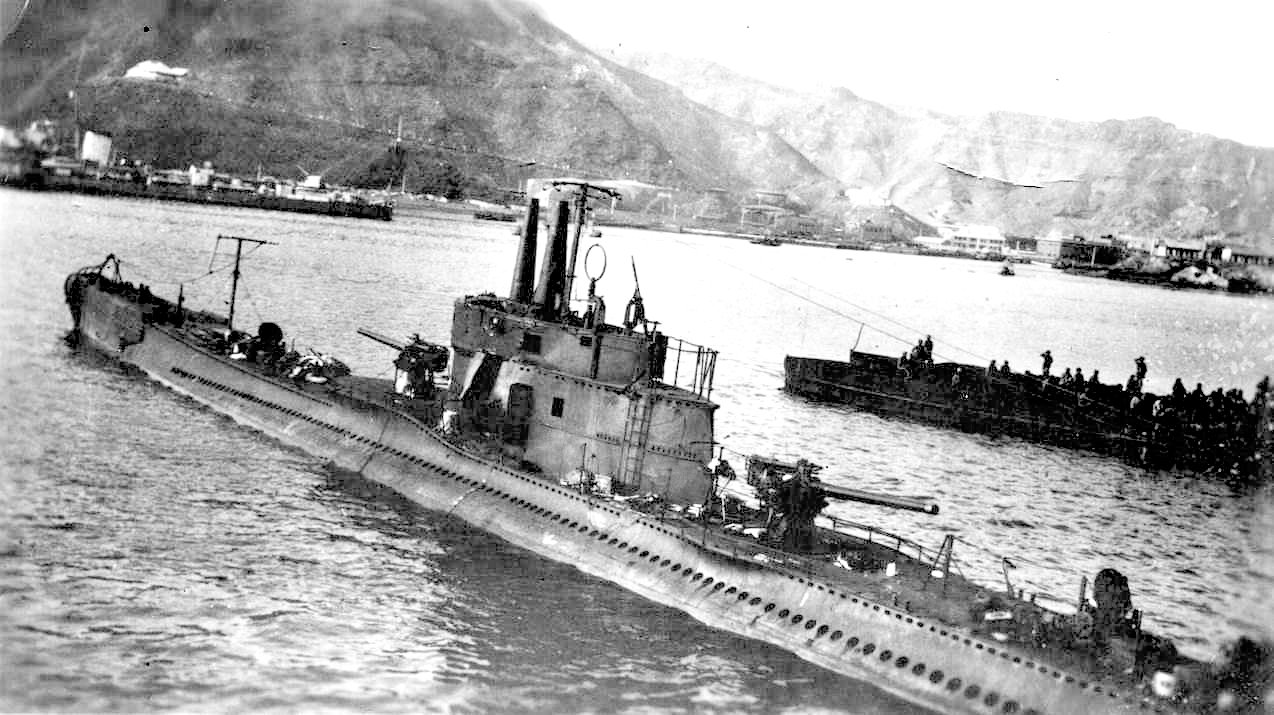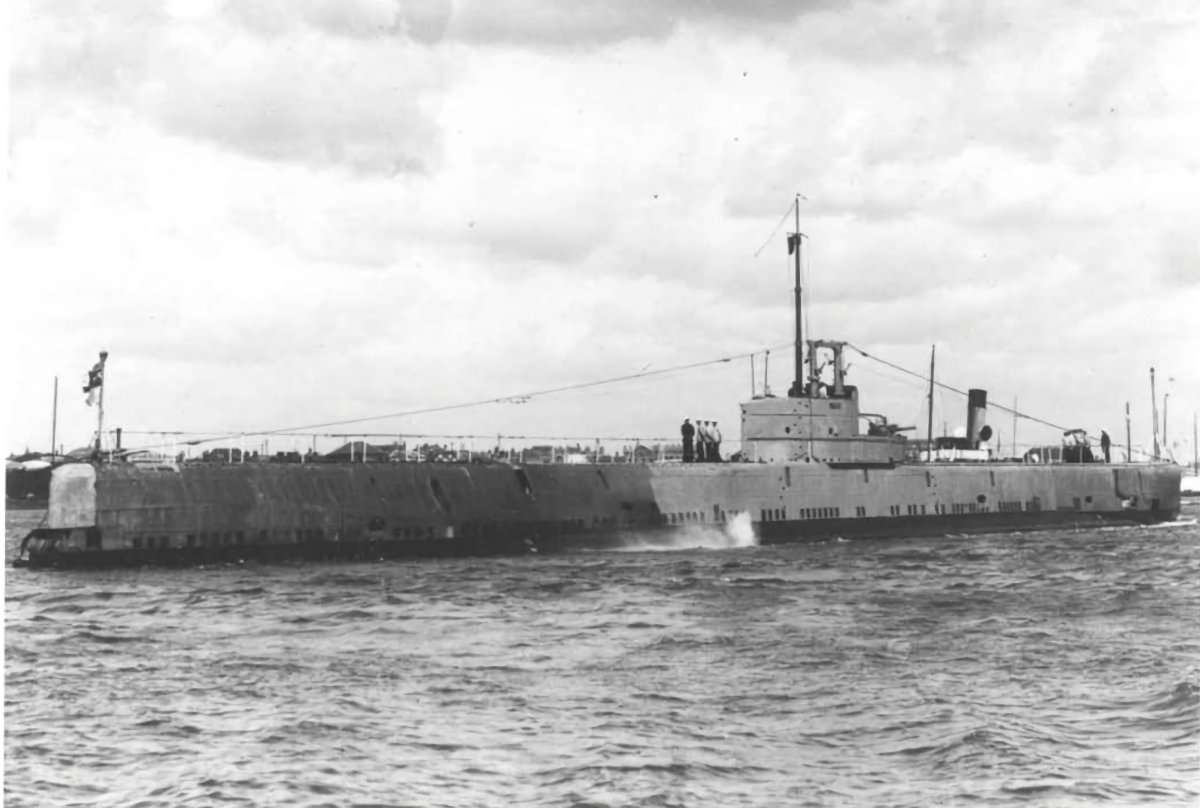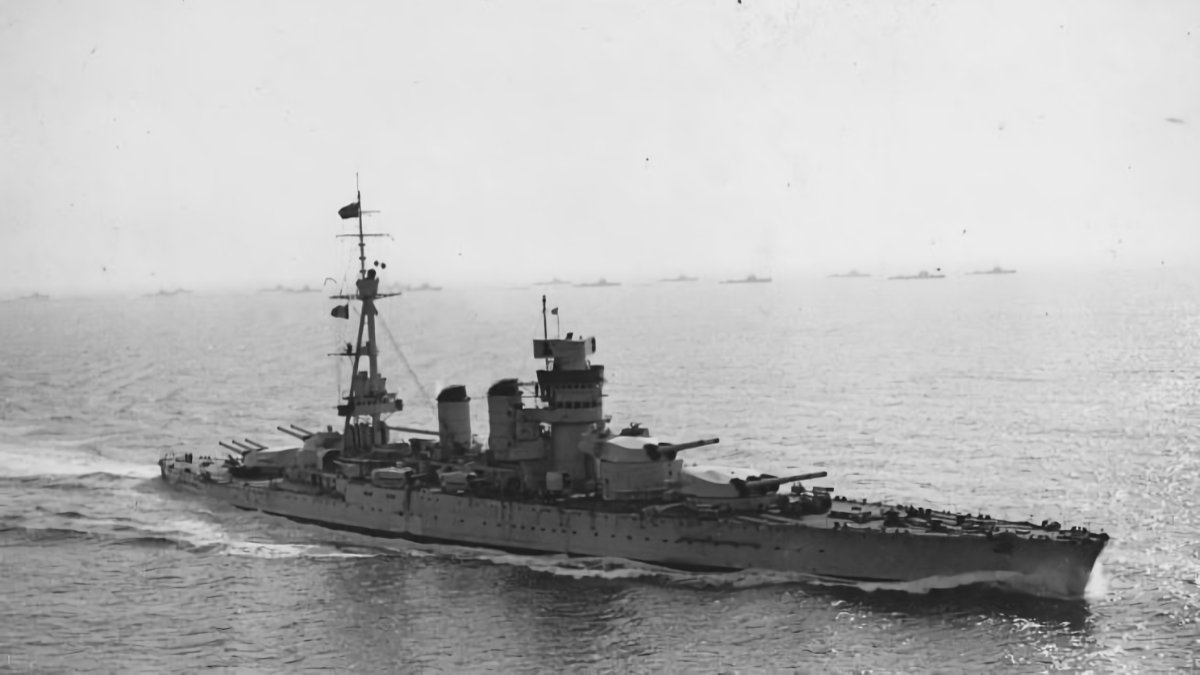Tag: World War Two
-
British Submarine HMS X2

British Submarine HMS X2 HMS X2 was an Archimedes-class submarine operated by the British Royal Navy during World War Two. Originally the Italian Regina Marina submarine Galileo Galilei, it was captured on 19 June 1940 after an engagement with the British anti-submarine warfare trawler HMS Moonstone. Towed to Port Said, she was repaired and commissioned… Read more
-
British Submarine HMS Seal

British Submarine HMS Seal HMS Seal was a Grampas-class minelaying submarine of the British Royal Navy. Launched on 28 September 1938, she was commissioned on 28 January 1939. On 4 May 1940 after laying a minefield in the Skagerrak, Seal was hunted by German trawlers after being spotted by aircraft. Successfully avoiding the trawlers, she… Read more
-
Italian Battleship Conte Di Cavour

Italian Battleship Conte Di Cavour The lead ship of her class of three dreadnought battleships (along with Giulio Cesare and Leonardo da Vinci), Conte Di Cavour was launched om 10 August 1911 and commissioned into the Italian Regia Marina on 1 April 1915. She saw no action during World War One. During World War Two,… Read more